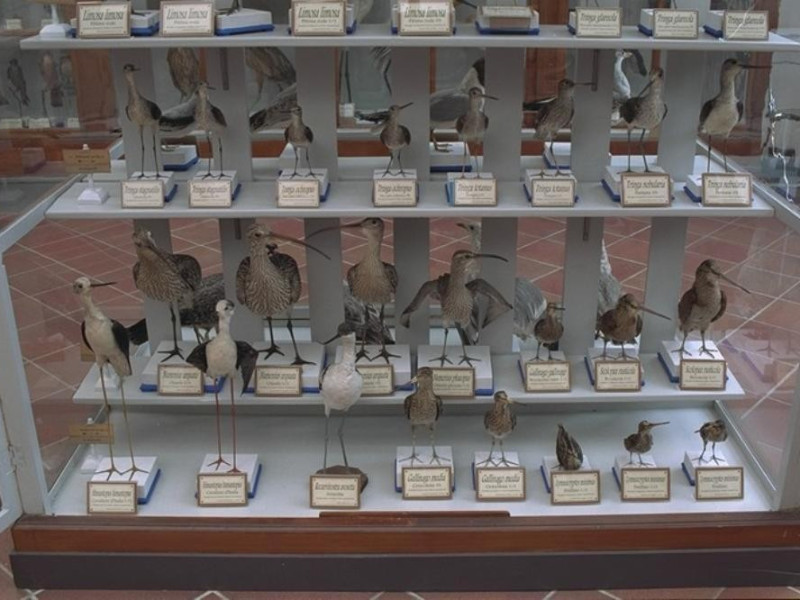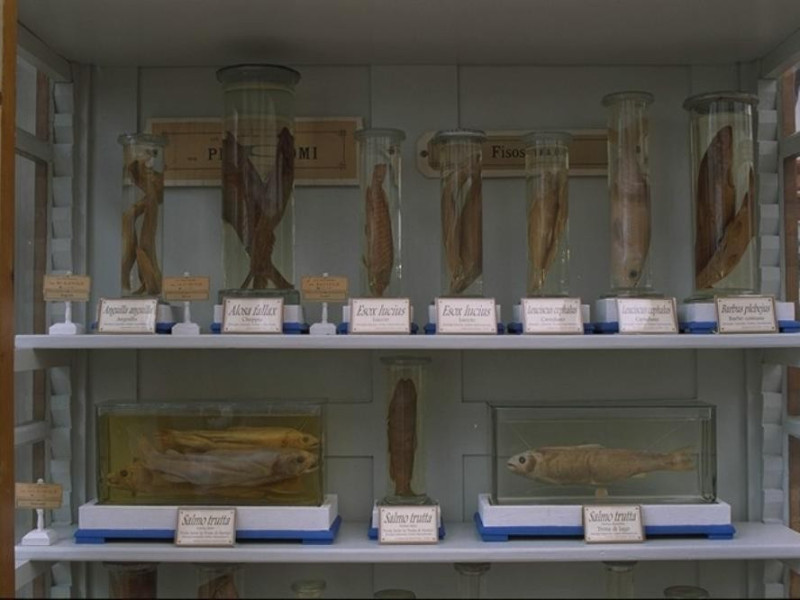Museo di storia naturale di Parma
Established in 1766 by the ornithologist father GB Fourcault, the museum was originally established as a Cabinet of Animals, but this nucleus were added over time other collections, especially in the second half of the nineteenth century when he became director of the naturalist Pellegrino Strobel. The tour explains the features of the natural landscape of Parma and other geographical areas, exposing zoological collections from the eighteenth century. For their particular interest, we note the ethnographic collections africane.Il museum is organized in two locations in the University Palace you can see the historical collection of Fourcault, of the eighteenth century, and the Systematics of Vertebrates Collection of Angelo Andres, director of the Museum from 1899 to 1926. latter, held between 1923 and 1925, includes more than two thousand exhibits. They are also exposed to the public two collections of African ethnography, origin and Pigorini Falzoi. Among the zoological collections deserves attention nucleus "Vittorio Bottego" with about six hundred specimens from Eritrea, including rare corals in the Gulf of Massawa. At the Botanical Gardens several teaching rooms exhibiting mainly invertebrates: molluscs, cnidarians, echinoderms, arthropods. There is no shortage classrooms for the study of biological evolution and urban wildlife. They are finally available to the public a part of the collection Del Prato, consisting of specimens of birds from Parma, and the core ethnographic, including materials from Zaire. Other collections, particularly invertebrates, are only available for study.



